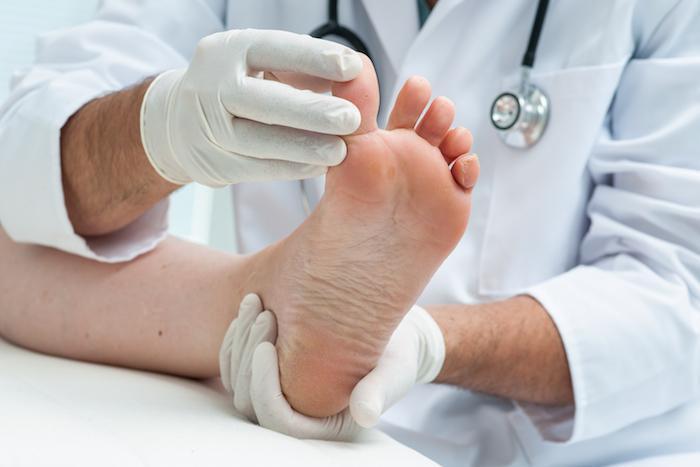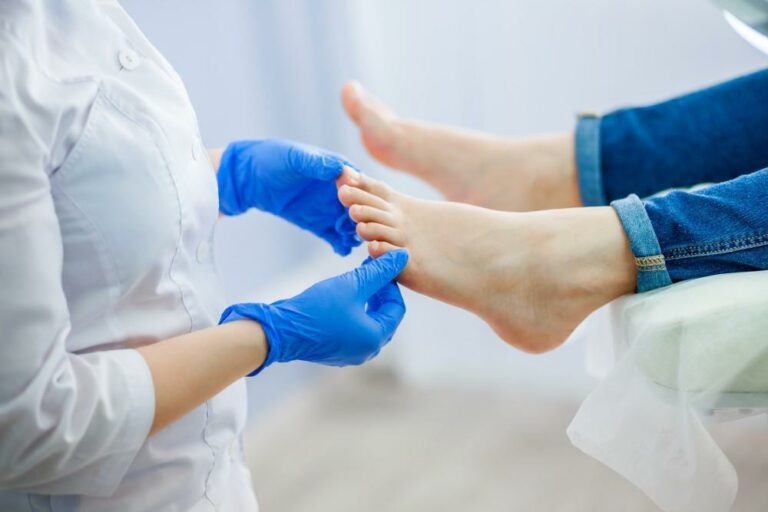Nothing is more frustrating than a slow-healing injury that keeps you off your feet, especially if you lead an active lifestyle. However, you may be surprised to learn that your body has everything it needs to heal your injury, and quickly.
Platelet-rich plasma (PRP) therapy is an innovative treatment that harnesses the healing properties from your own blood to help you get back on your feet. At Great Lakes Foot and Ankle Institute, our expert podiatrists offer PRP therapy to accelerate the healing process after an injury or surgery. We want you to learn more about PRP therapy and how it can help you.
The power within your platelets
The blood coursing through your arteries and veins is made up of many components, including plasma (liquid), proteins, red blood cells, white blood cells, and platelets. The platelets are the smallest cells found in your blood and are best known for clotting your blood to stop you from bleeding. But that’s not their only role when it comes to healing injured tissue.
In addition to the clotting factors, platelets also contain various growth factors, which assist in the healing and regeneration of new tissue to repair your diseased or damaged tissue. While your blood has everything it needs to heal your injury, the healing process may not go as quickly as you’d like, especially if there are issues with blood circulation to the area. That’s where PRP therapy comes in.
What is PRP therapy?
PRP therapy is a form of regenerative medicine that concentrates the healing properties in your blood and delivers them directly to the tissues that need a little extra help in the healing process. The platelets and growth factors cause a cascade of events that accelerate healing and tissue regeneration.
The PRP used for treatment comes directly from a sample of your own blood that’s placed in a centrifuge to separate the platelets from the other components in your blood. We then inject the PRP, using ultrasound-guided imagery, directly into the tissue that needs it. We use a local anesthesia during your therapy — either prior to your PRP or mixed in with your PRP — so there’s very little discomfort.
Inflammation and swelling is common after your PRP injection, but this is expected and indicates the platelets and growth factors are doing their job. Because anti-inflammatory medications counteract the effects of your PRP therapy, we recommend you refrain from using these medications prior to and after your treatment so you get the most benefits.
The conditions benefiting from PRP therapy
At Great Lakes Foot and Ankle Institute, we use PRP therapy to heal injuries that affect the muscles, bones, ligaments, cartilage, or tendons in your foot or ankle. Conditions that may benefit from PRP therapy include:
- Sprained ankles
- Achilles tendon
- Foot or ankle fractures
- Muscle pain
- Arthritis
We also use PRP therapy to support the healing process after surgery.
The number of injections you need to get the most benefits out of your PRP therapy depends on the reason for the injections. With surgery, you may only need one injection to get the healing benefits. However, to help heal an injury, we may suggest three treatments set at 2-3 week intervals.
Your body has everything it needs to heal. But sometimes you need a little extra help from the experts at Great Lakes Foot and Ankle Institute. To learn more about PRP therapy and how it can help you, call one of our offices or book an appointment online today.







